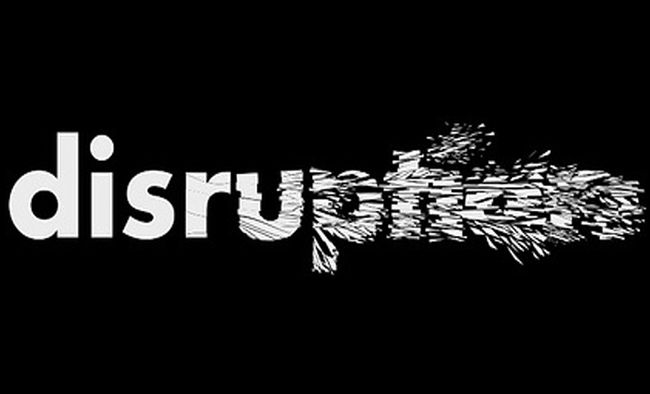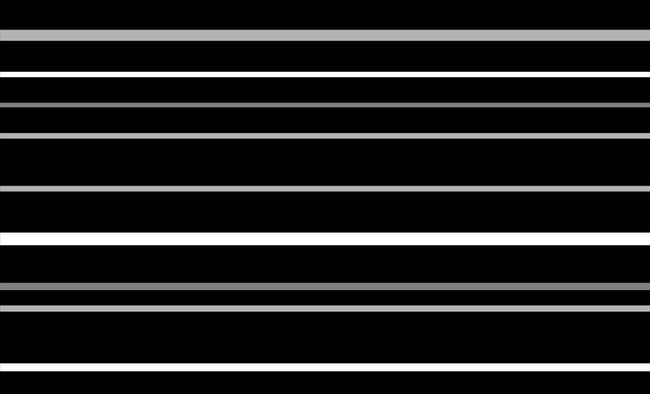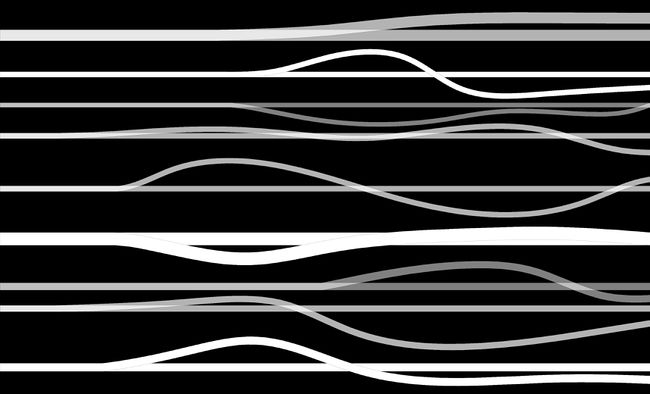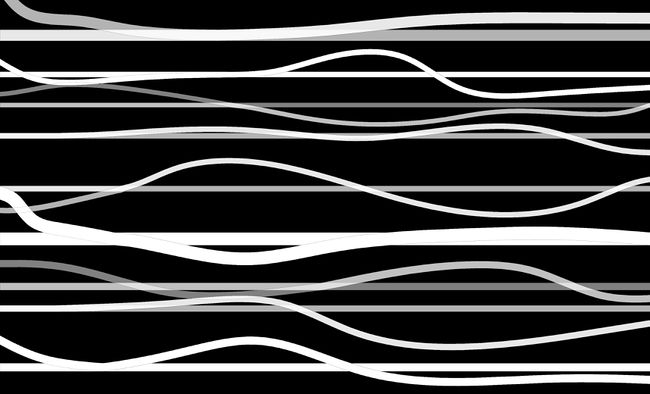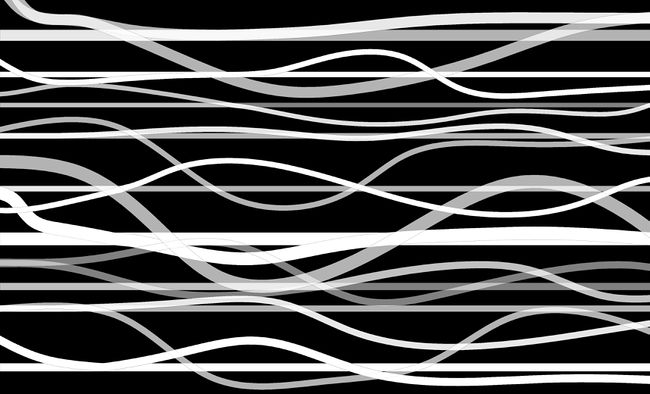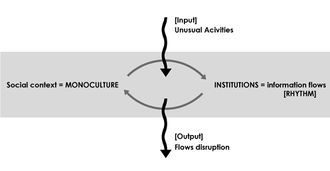atom10:Home
Disrupting Monoculture
Client: inhabitants of Delft and Hyperbody atoms
Challenge: to disorganise monoculture
Intervention: structures and activities which break the rhythm and contours of monoculture
Specialisation: strategies for disrupting homogeneity and routine in behaviour of inhabitants
KEYWORDS
_Disorganize/disrupt _Monocoluture _Future scenario _Trans-programming _Rhythmanalysis _Imagined uses
MONOCULTURE = cultivation of a single money crop or other exportable product to the virtual exclusion of others
DISRUPTION = the act of breaking regular flow or continuity of something; especially an event resulting in dislocation or discontinuity
Our analysis takes place on three scales, the City (Delft), District (Wippolder), and the Neighborhood (TU Noord). Using social context and rhythm analysis as a framework to identify opportunities and uses which can reinvigorate the space. The flow of movement and information around the site is primarily controlled by TU Delft. Through trans and dis-programming we can introduce new types and combinations of activities to the site, which can precipitate an imagined future scenario. This introduction of uses can disrupt the existing monoculture and provide new points of interaction and engagement between people. The intervention can develop as a framework which can integrate into the required infrastructure development. In this scenario our focus changes from the small park to the campus as a whole and underused spaces.
Future Scenario
It seems logical to consider the future requirements of the site as part of its existing context. With the global population set to exceed 7 billion this year, there will be increasing pressure on the current housing stock. A strategy must be created to adapt the urban infrastructure as a pre-requisite for future housing development. In this way, the intervention should consider how to precipitate the future scenario by beginning to implement its possible requirements.
Rhythm analysis
We will study a range of rhythms around the site; physical movement, knowledge transfer and social and economic flows. This will give the site a context which can be used to define where and how our intervention will form and what activities it should encourage. TU Delft controls the rhythm of movement and activity surrounding and extending beyond the site. The analysis will map the contours of the flow of people around the site. This analysis will help us to define where the intervention can attract users.
Read more about rhythm analysis
Imagined use analysis [matrix]
Imagining activities and their requirements to create a matrix of characteristics which can be compared and contrasted. Allowing us to analyse how different uses can interact and inform other uses and forms. What is the reaction of uses? How do they disrupt the existing flows and rhythms.
Starting with a series of existing activities which are similar in nature we will explore how they react with one another to create new relationships between inhabitants and the site.
Validators
We have spoken to Heleen Bothof and Maziar Afrassiabi to gain an insight into the social context of the site and the future scenario. They act as collaborators, giving new perspectives and contextual information.
Heleen Bothof, Luz Architects
DUWO is proposing 5,000 new homes within the TU Delft campus. A requirement of this is to consider the impact on infrastructure. Heleen Bothof is currently developing a variety of solutions for increasing the infrastructure capacity. Two of the main requirements will be an increase in water capacity and robustness and the proportion of green space per person should remain similar.
Maziar Afrassiabi, Urban Sociologist
We discussed methods for gathering and representing data. The municipality collate demographic data which can be used to compare the surrounding context. He also suggested looking at Lefebvre’s book Rhythmanalysis.
Clients
Our clients are the inhabitants of Delft and Hyperbody atoms. Read more
References
Our work also relies on theoretical grounds from different areas of study. Read more
